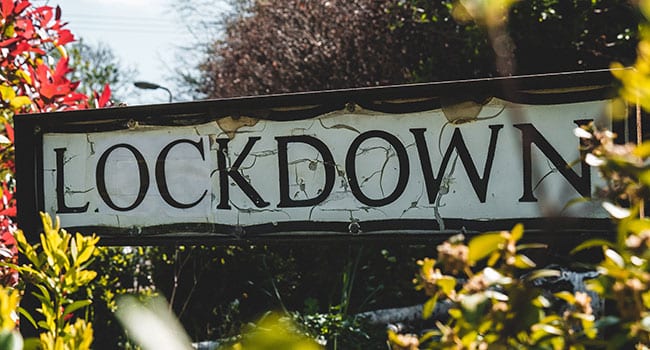 Most countries that adopted the lockdown model are still in the thick of the COVID-19 pandemic.
Most countries that adopted the lockdown model are still in the thick of the COVID-19 pandemic.
Typically, there’s an easing of rules when infection rates decrease. But when rules are relaxed and infection rates naturally rise, authorities clamp down again. Masks go off – then on again.
Meanwhile, the horrendous cost of paying furloughed workers and closed businesses is bankrupting lockdown countries like Canada, and taking lives. And there’s no end in sight.
Sweden found a better way.
In the first place, they realized they had to listen to their health experts and not let the issue become political.
Second, they decided at the outset that any model they adopted had to be sustainable over the long term. Last March, when the seriousness of this new virus hit us like a ton of bricks, the Swedes realized that we had no idea how long we would have to live with the virus.
Would a vaccine be discovered?
Not yet.
Would warm summer weather make the virus disappear?
No.
There were many other questions. The point was that any model had to be sustainable over the long haul. If they blew the bank by sending healthy workers home, closing down businesses and compensating everyone – as we have done in Canada – their economy would be severely compromised. Then, Sweden would be unable to maintain its comprehensive health-care system.
What if a second wave, a virus that was even worse or some other entirely unexpected calamity should come along? How could the nation respond if they had already devastated their economy?
So Sweden took a wait-and-see attitude. Instead of closing primary schools, forcing businesses to close and sending healthy workers to their homes, they took a measured approach.
Most importantly, they didn’t spend billions to pay people to stay home – as we have done – as well as compromising our children’s futures for generations.
As it turned out, their hospital system didn’t collapse. Students and teachers didn’t get sick. Sweden is basically back to normal and their economy is strong. They haven’t racked up the crippling debt that we have. There are still some infections but their numbers are dramatically lower than the spikes seen in European countries that temporarily suppressed the virus with lockdowns.
And now other countries are quietly copying Sweden.
Lockdowns have been a spectacular failure. Nations that locked down temporarily, but quickly reopened once it became clear that their hospital systems hadn’t collapsed, are regaining their momentum.
But countries like Canada that “flattened the curve” long ago but are still locked in a hopeless open-up-shut-down cycle – and paralyzed with irrational fear – aren’t doing well at all.
Sweden didn’t do everything right. They – like most other countries – didn’t adequately protect the nursing homes where most deaths occurred. However, they’ve adopted a realistic and sustainable model that has allowed them to get back to a normal life.
We’re stuck in a rut, with deaths from pandemic-related suicides, overdoses, neglected heart and cancer cases exceeding COVID-19 deaths – plus a sick economy.
Like Sweden, we have to learn to live with this virus. We should protect our vulnerable members as best we can, let people adopt social distancing practices that work for them and live our lives.
Brian Giesbrecht, retired judge, is a senior fellow at the Frontier Centre for Public Policy.
Brian is a Troy Media Thought Leader. Why aren’t you?
For interview requests, click here. You must be a Troy Media Marketplace media subscriber to access our Sourcebook.
The views, opinions and positions expressed by columnists and contributors are the author’s alone. They do not inherently or expressly reflect the views, opinions and/or positions of our publication.

